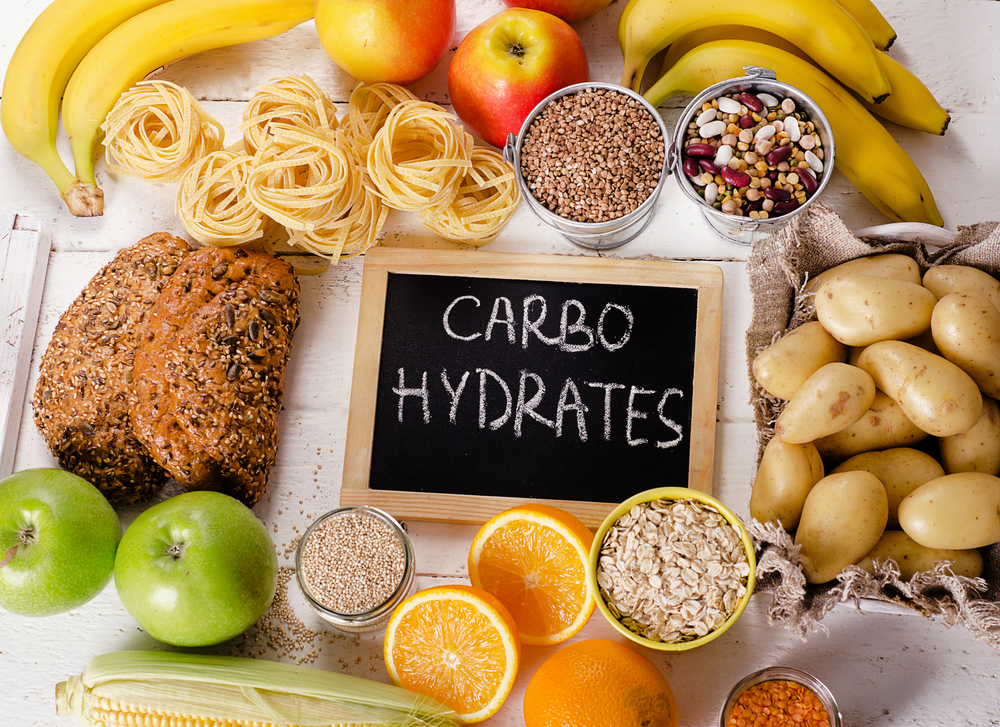With the Tour de France fresh in their minds, recreational cyclists are motivated to get on their bikes, and many are probably inspired by the sophisticated nutrition strategies of the pros.
If you have the ambition to adjust your diet for a better sports performance, there is a lot you can learn from Wageningen researchers. Mireille Baart, researcher at the Chair Group of Human Nutrition and Health (and WUR sportswoman of the year), investigated with her colleagues the differences between a low-carbohydrate, high-fat (LCHF) and a high-carbohydrate (HC) diet in terms of how they affect performance.
Recreational athletes
‘These diets are in line with the current zeitgeist in which recreational athletes are increasingly experimenting with interventions like intermittent fasting or ketogenic diets,’ says Baart. In this way, they can manipulate their sugar intake. ‘They do this to give their bodies an extra training stimulus to increase fat burning during exercise. The reasoning behind it is that this makes your body less dependent on the relatively limited glycogen stores (glucose, Eds.) in the liver and muscles.’ In theory at least, you can keep exercising on fat stores for weeks on end. But can you perform optimally as a recreational athlete on a diet that is so low in sugars?
Shopping list
The research study used data from 14 recreational male athletes. They followed a low-carbohydrate diet for a fortnight and a high-carbohydrate diet for a fortnight, in no particular order. In the low-carbohydrate diet, less than 10% of calories came from carbohydrates. Some 75% of calories came from fats. In contrast, the high-carbohydrate diet was high in carbohydrates: more than half the calories came from sugars. Between the diets was a three-week period during which participants followed their normal diet.
More and more recreational athletes are experimenting with their diet.
Mireille Baart, researcher at the Chair Group for Human Nutrition and Health
Subjects were given a comprehensive shopping list for breakfast, lunch, dinner, and snacks for each day of the week. The low-carb diet included things like 48+ cheese, olive oil, margarine, nuts, low-carb bread, and muffins with beets. In the high-carbohydrate diet, this was replaced by 30+ cheese, sunflower oil, margarine, nuts, granola bars, and fruit juices.
Performance
During each diet, the subjects performed a cycling test after two and after 14 days, in which their energy consumption was also measured, based on the air they inhaled and exhaled. Baart then calculated the percentage of total energy consumption by the athletes for the effort expended – exercise efficiency – and the amount of oxygen they needed to deliver the performance – exercise economy.
After two days, exercise efficiency was lower with the low-carbohydrate diet than with the high-carbohydrate diet, as was exercise economy. The differences between the two diets became less pronounced after 14 days, although exercise economy remained lower with the low-carbohydrate diet. This makes the results consistent with previous studies, the authors write. They therefore advise recreational athletes, for performance purposes, to not switch to a low-carb diet, but instead to keep eating carbohydrates.

 Products high in carbohydrates. Image Shutterstock
Products high in carbohydrates. Image Shutterstock 

